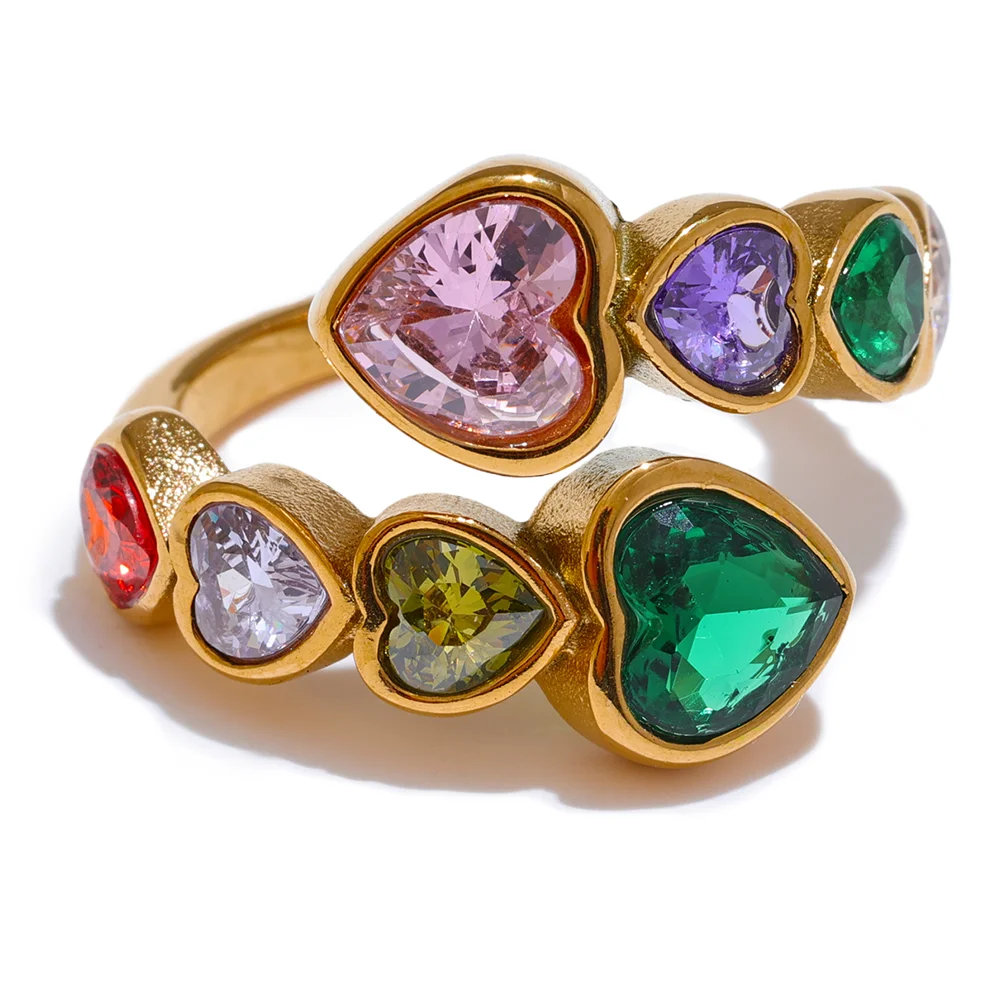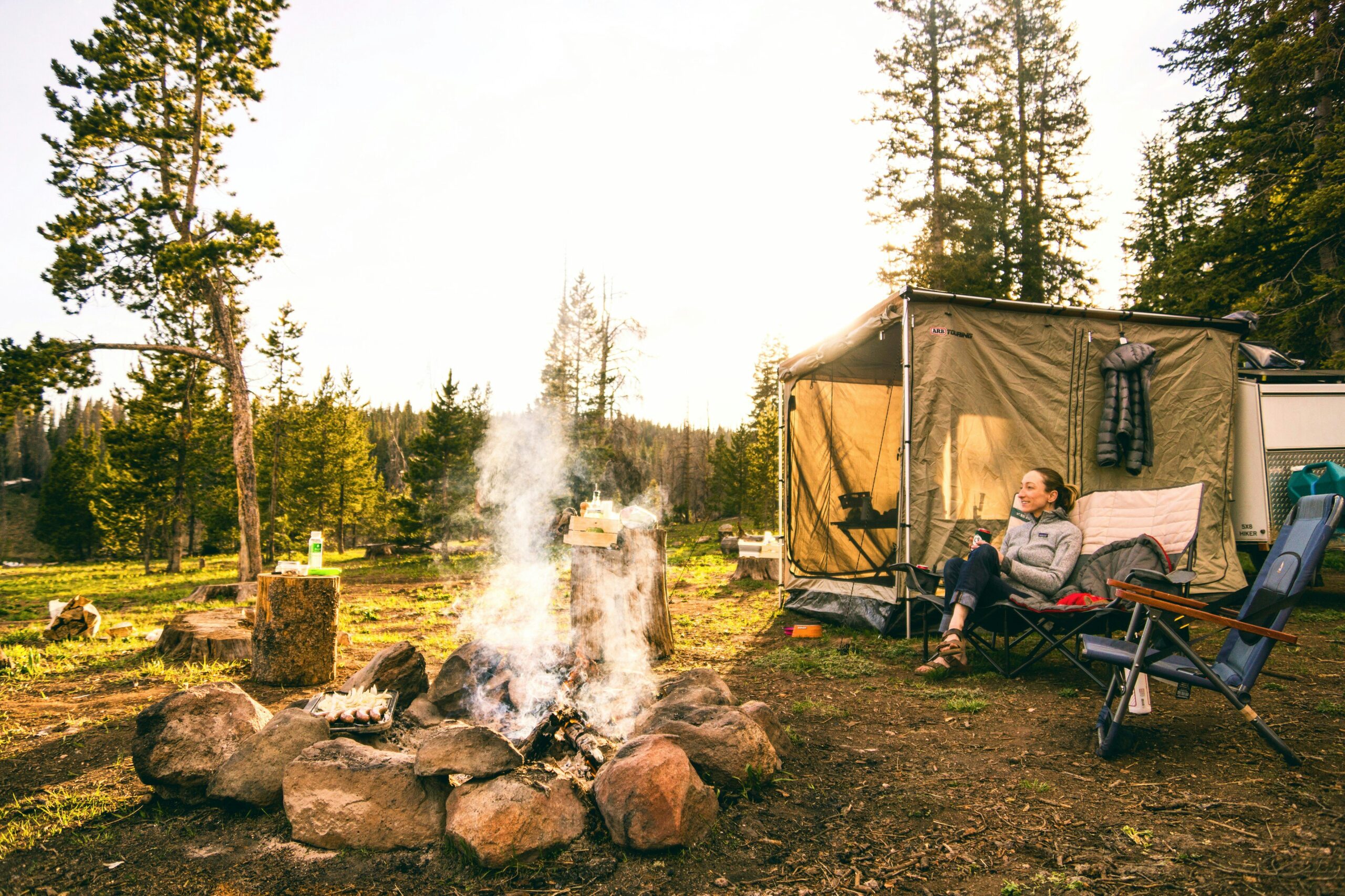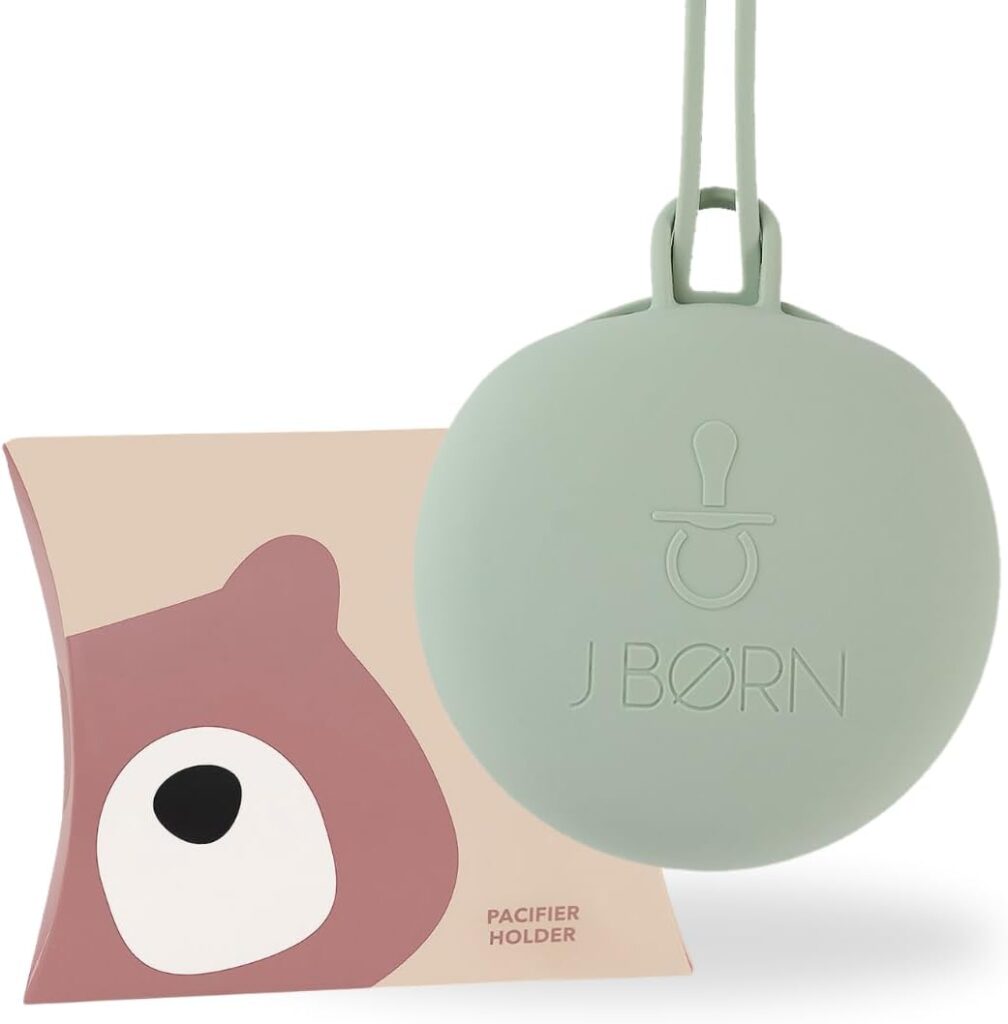Few board games achieve the rare balance of accessibility, strategy, and replay value that makes them timeless. Carcassonne, published by Z-Man Games, has earned its place in the board game hall of fame by doing exactly that. Since its release in 2000, this tile-laying classic has delighted families, casual players, and serious hobbyists with its elegant mechanics and endless variety.
This article takes a deep dive into what makes Carcassonne so enduring: the rules, how it plays, why it appeals to such a wide audience, and what you can expect when you bring it to your next game night.
Buy Carcassonne board game

A Glimpse into Medieval France
The name “Carcassonne” comes from a fortified town in southern France, known for its medieval walls and towers. The game captures that spirit of old Europe as players collectively build a landscape of cities, roads, monasteries, and fields.
While the theme is simple, the execution is brilliant. Every game begins with a single starting tile, and from there, a sprawling medieval countryside emerges, shaped by the decisions and strategies of the players.
Buy Carcassonne board game
What’s in the Box?
Carcassonne is known for its straightforward yet high-quality components:
- 72 land tiles depicting roads, cities, fields, and monasteries.
- Meeples (small wooden figures) in five colors, representing each player’s followers.
- A scoreboard to track points.
- A rulebook with simple instructions and optional advanced variants.
The iconic meeple was actually popularized by Carcassonne. Today, the word “meeple” is universally used in board gaming culture, and it all started here.
How to Play Carcassonne
The rules of Carcassonne are elegantly simple, making it easy for new players to learn while still offering depth for veterans.
- Draw and Place a Tile
On your turn, you draw a random tile and place it adjacent to the existing landscape. Tiles must match—roads connect to roads, cities to cities, fields to fields. - Place a Meeple (Optional)
After placing the tile, you may choose to deploy a meeple on one of its features: a city, road, monastery, or field. Once placed, that meeple claims the feature until it’s completed or scored. - Score Points
- Cities score when completed, based on the number of tiles and shields.
- Roads score when finished with endpoints.
- Monasteries score when surrounded by eight tiles.
- Fields score at the end of the game for supplying completed cities.
- Game End
When the last tile is placed, players tally their final scores. The highest total wins.
Buy Carcassonne board game
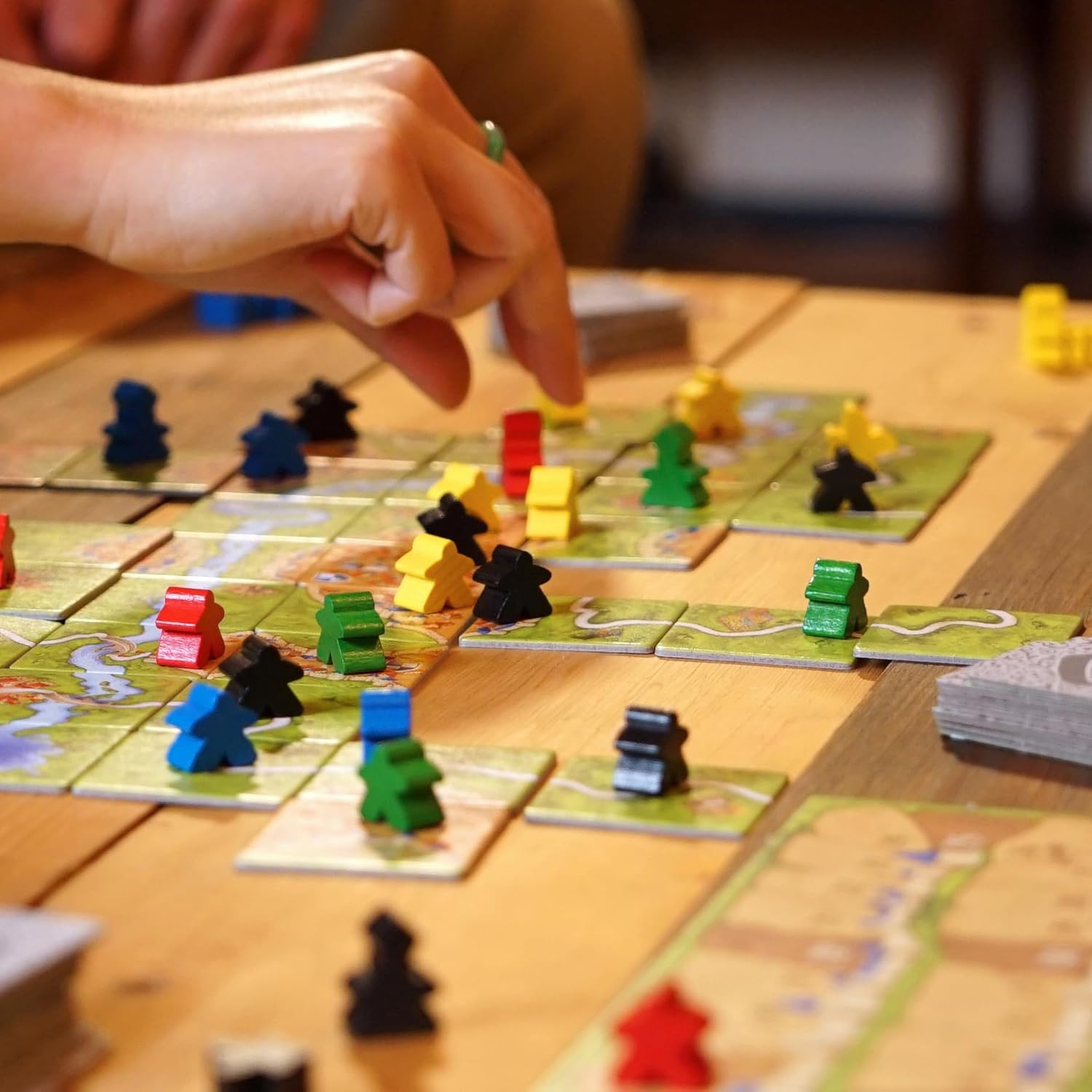
The Genius of Carcassonne’s Design
Carcassonne’s brilliance lies in its balance of luck and strategy. While the tiles you draw are random, how you place them and where you assign meeples require foresight and risk management.
Do you complete your own city, or extend someone else’s to compete for control? Do you claim a long road for modest but reliable points, or gamble on a massive city that may never be finished? These decisions create tension and excitement in every session.
Buy Carcassonne board game
Why Carcassonne Appeals to So Many Players
Accessibility
The rules can be taught in under five minutes, making it approachable for families and beginners.
Strategy and Depth
Beneath the simplicity lies room for tactical decisions, clever plays, and long-term planning.
Visual Appeal
The evolving map of cities, roads, and fields looks stunning on the table and gives each game a unique footprint.
Replay Value
Because tiles are randomized, no two games look the same. The landscape tells a new story each time.
Playing Time and Setup
One of Carcassonne’s biggest strengths is its playtime. A full game takes about 45 minutes, which is short enough to keep kids engaged and casual players entertained, yet long enough to satisfy strategic minds.
Setup is equally quick: shuffle the tiles, place the starting tile in the middle, give each player their meeples, and you’re ready to begin.
The Joy of the Meeple
The humble wooden meeple is the beating heart of Carcassonne. With just seven per player, you must decide carefully when and where to use them. Do you risk using them early to score points quickly, or save some for late-game opportunities?
This meeple management creates tension and teaches resource planning in a way that feels intuitive, even to younger players.
Family Game Night Essential
For families, Carcassonne is a gem. The age rating of 7+ means kids can join in, and the theme—building cities and roads—is wholesome and easy to grasp. The shared map encourages interaction, while the scoring keeps everyone invested.
Parents appreciate that it’s educational too, subtly reinforcing spatial reasoning, planning, and decision-making skills.
Buy Carcassonne board game
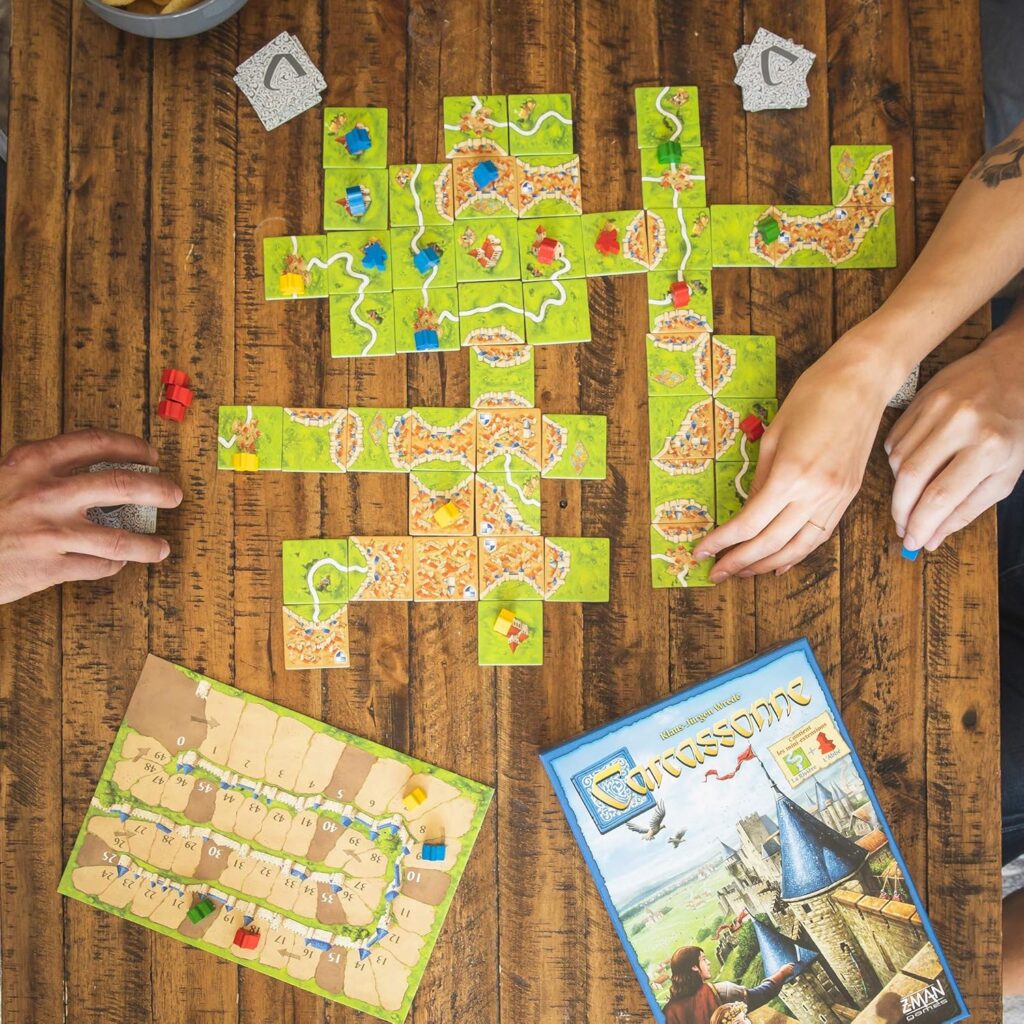
For Hobby Gamers Too
Carcassonne is often called a “gateway game”—a title that introduces new players to modern board gaming beyond classics like Monopoly or Clue. But it’s not just for beginners. Enthusiasts return to it again and again for its tactical challenges, especially with expansions.
Many board game cafes and clubs feature Carcassonne as a staple, proving its staying power among serious gamers.
Carcassonne Expansions and Variants
The success of the base game has spawned numerous expansions, each adding new tiles, rules, and mechanics:
- Inns & Cathedrals: Increases scoring possibilities and introduces a sixth player.
- Traders & Builders: Adds goods and special meeples for new strategies.
- The Princess & The Dragon: Introduces fantasy elements with dragons and magic.
- Winter Edition: A snowy reskin perfect for holiday play.
These expansions keep the game fresh for those who crave more complexity. However, the base game remains fully enjoyable on its own.
Buy Carcassonne board game
Carcassonne vs. Other Strategy Games
- Versus Catan: Catan focuses on resource trading and negotiation, while Carcassonne emphasizes spatial placement and area control. Carcassonne is shorter and more accessible.
- Versus Ticket to Ride: Ticket to Ride is about set collection and building routes. Carcassonne is more freeform, with maps evolving dynamically.
- Versus Azul: Azul has puzzle-like drafting, while Carcassonne thrives on building landscapes. Both are visually beautiful but appeal to different playstyles.
Carcassonne sits comfortably alongside these modern classics as a must-own.
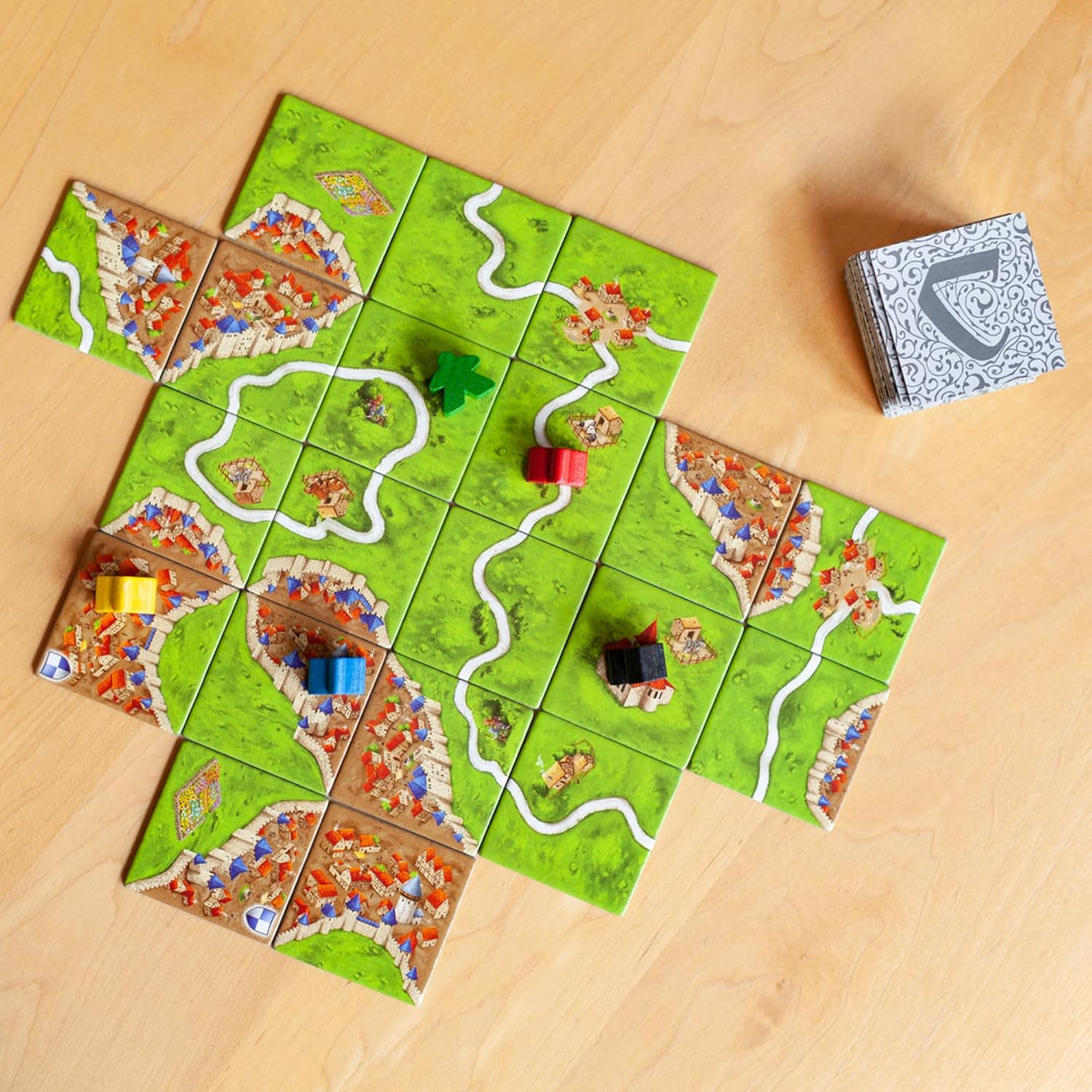
Tips for Winning Carcassonne
- Don’t Overcommit Early – Save meeples for opportunities that bring high points later.
- Watch Your Opponents – Sometimes it’s smarter to block an opponent than to score yourself.
- Leverage Fields – Beginners often ignore farms, but they can yield huge end-game points.
- Build Together Strategically – Sharing a city or road can benefit both players, but be careful—it might benefit them more than you.
Buy Carcassonne board game
Carcassonne as a Social Experience
What makes Carcassonne magical is not just the strategy, but the social interaction. Players groan when a tile doesn’t fit, cheer when they complete a city, and laugh when an ambitious project remains unfinished. By the end, the table is covered with a medieval map that feels like a shared accomplishment, even as players compete for points.
Strengths
- Easy to learn, teach, and set up.
- Engages both kids and adults.
- Beautiful and unique map every game.
- Balanced mix of luck and strategy.
- Supports expansions for more depth.
Considerations
- Can be competitive—some players dislike blocking tactics.
- Requires at least three players for the best experience.
- Luck of tile draws can occasionally frustrate highly strategic players.
Buy Carcassonne board game
Final Verdict
Carcassonne is more than just a board game—it’s an institution. With its elegant rules, timeless gameplay, and endless variety, it deserves its reputation as one of the greatest modern board games ever created. Whether you’re looking for a light family activity, a thoughtful strategy challenge, or a classic to anchor your board game collection, Carcassonne delivers.
It has stood the test of time for over two decades and will likely continue to captivate new generations. Simple to learn, hard to master, and always rewarding—Carcassonne is a must-have.
FAQ
- How many players can play Carcassonne?
The base game supports 2–5 players, though expansions can increase the player count. - How long does a game of Carcassonne take?
Around 45 minutes, making it ideal for family evenings or casual gatherings. - Is Carcassonne good for kids?
Yes, it’s recommended for ages 7+ and teaches spatial reasoning and planning in a fun way. - What is a meeple?
A meeple is a small wooden figure representing your followers. The term originated with Carcassonne. - Do you need expansions to enjoy the game?
Not at all. The base game is complete and satisfying, but expansions add variety and depth for fans. - How much strategy is involved?
Carcassonne balances strategy with luck. Placement choices are tactical, but tile draws add unpredictability. - Is Carcassonne similar to Monopoly or Risk?
Not really. It’s a modern European-style board game that focuses on building and strategy, with less downtime and conflict. - Can two people play Carcassonne effectively?
Yes, the game scales well to two players, though it’s often more dynamic with 3–5.





